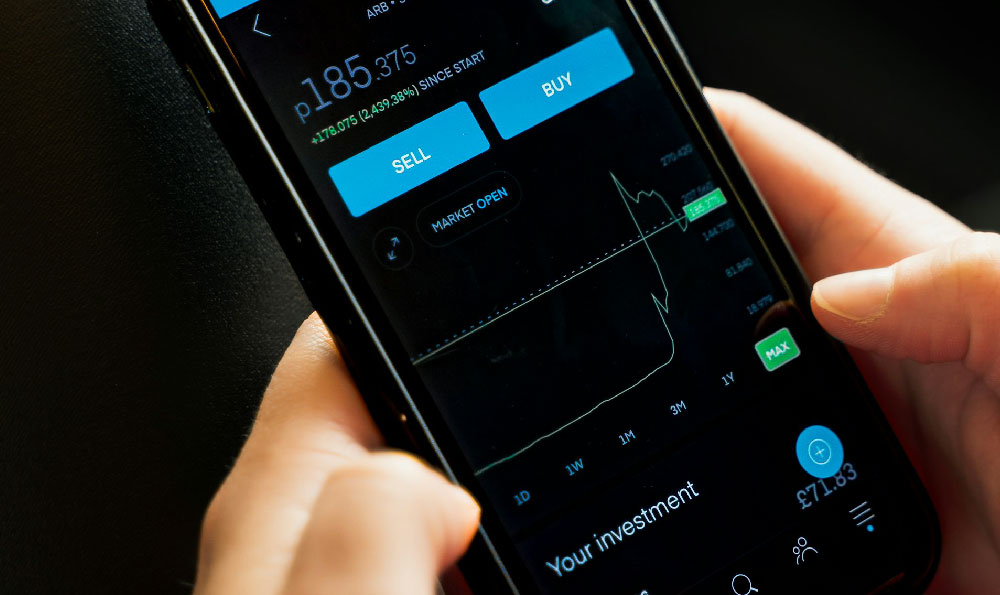
Making money from YouTube videos in 2023 requires a blend of strategic planning, consistent execution, and adaptability to evolving trends. The platform has become a cornerstone of digital content creation, offering creators multiple avenues to monetize their work, but success is rarely instantaneous—it often hinges on refining one's approach over time. At the heart of YouTube's monetization ecosystem lies the YouTube Partner Program (YPP), which enables creators to earn revenue through ad placements, yet its eligibility criteria have become more stringent in recent years, emphasizing the importance of audience engagement and content quality. While a minimum of 1,000 subscribers and 4,000 watch hours per year is still the standard, achieving these thresholds demands a deeper understanding of how to strategically build a channel that resonates with viewers. For instance, focusing on niche topics with high search volume can accelerate growth, though it’s crucial to balance specialization with the ability to diversify content to avoid stagnation. Additionally, optimizing video length and pacing to keep viewers on the platform longer not only boosts watch time but also enhances the likelihood of ad impressions, which are a key driver of revenue.
Beyond ads, creators can leverage other monetization tools, such as the YouTube Shorts fund, which has gained traction in 2023 as the platform prioritizes short-form video content. However, this avenue comes with its own set of challenges; Shorts require a different approach to production, often favoring quick, visually engaging formats with clear value propositions. Creators who transition from longer-form content to Shorts may need to recalibrate their editing styles and focus on storytelling that aligns with the platform’s algorithm, which prioritizes vertical video and faster viewer retention. Another emerging opportunity lies in affiliate marketing, where creators earn commissions by promoting products through their unique links. This method demands a nuanced understanding of audience needs and the ability to curate relevant recommendations that align with a channel’s theme, as authenticity is paramount in maintaining trust and driving conversions. Brands increasingly seek creators who can demonstrate measurable engagement and a loyal following, which underscores the need to build a distinct personal brand that differentiates oneself in a crowded market.
Collaborations and brand partnerships represent another critical layer of monetization. In 2023, brands have become more selective, favoring creators who can provide precise audience demographics and engagement metrics. This means that cultivating a community around one’s content—through regular interactions, polls, and feedback—can significantly enhance the value of collaboration opportunities. Moreover, creators should prioritize transparency when endorsing products, as audiences are more discerning than ever. A 2023 survey revealed that viewers are 40% more likely to trust a creator who clearly discloses affiliate relationships, highlighting the importance of ethical promotion. Additionally, leveraging YouTube’s subscription model, which allows for exclusive content and perks for paying members, can create a steady income stream while fostering a loyal audience base. However, this requires creative content planning to maintain viewer interest and provide unique value that justifies the cost of subscription.

The intersection of YouTube and other digital platforms also presents new opportunities. For example, cross-promotion with TikTok, Instagram Reels, or even podcasting can amplify reach and diversify revenue sources. A 2023 case study showed that creators who integrated their YouTube content into a broader multimedia strategy saw a 30% increase in channel growth within six months. Similarly, content creators can explore niche markets such as educational tutorials, product reviews, or niche entertainment, where audience monetization potential is often higher due to focused interests. However, it’s essential to remain flexible and open to experimenting with different formats and topics, as the digital landscape is constantly shifting. The rise of AI-generated content and algorithm-driven recommendations means that creators must stay ahead by understanding viewer preferences and adapting their content strategy accordingly.
Ultimately, monetizing YouTube videos in 2023 is a multifaceted endeavor that requires more than just uploading content. It demands a commitment to continuous learning, skill development, and audience engagement. Creators should invest time in mastering video production techniques, such as lighting, sound, and editing, to ensure their content stands out in a competitive environment. Additionally, staying informed about YouTube’s latest updates, including policy changes and new monetization features, can provide a strategic edge. For example, YouTube’s emphasis on original content in 2023 has led to opportunities for creators who can produce unique, high-quality videos that resist duplication by others. Furthermore, diversifying monetization streams—such as combining ad revenue with affiliate marketing, brand deals, and merch sales—can create a more stable financial foundation while reducing dependency on any single source. However, this approach requires careful planning and a deep understanding of how different monetization methods interact and impact overall channel performance. The key to success lies in aligning one’s efforts with the evolving digital economy, where adaptability, creativity, and consistency are the most valuable assets.





